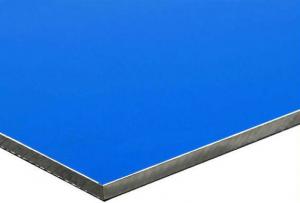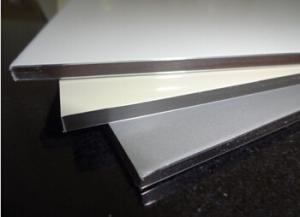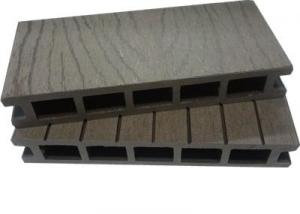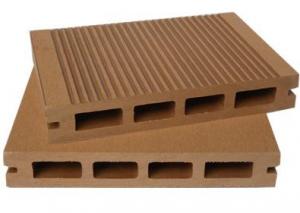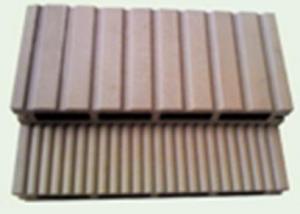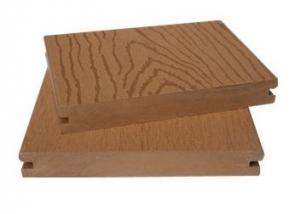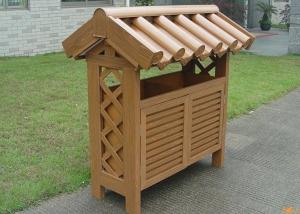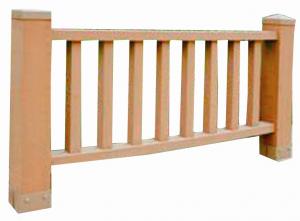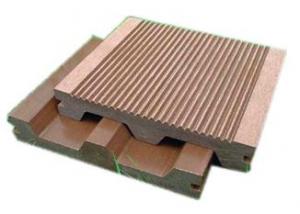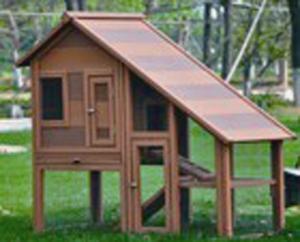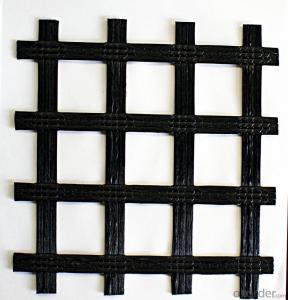Composite Geogrid
Composite Geogrid Related Searches
Fridge With Freezer On Bottom Driveway Pillars With Lights Blu Ray Player With Recorder Blu Ray Player With Internet Geogrid In Retaining Walls 1708 Biaxial Fiberglass Tape Pullout Resistance Of Geogrid Geogrid Warp Knitting Machine Srw 3 Series Geogrid Biaxial Plastic GeogridHot Searches
Fiberglass Scaffolding For Sale Fiberglass Panels For Sale Fiberglass Greenhouses For Sale Geogrid Fabric For Sale Gas Powered Core Aerator For Sale Revolution 4 Propeller For Sale Alabaster Carving Stone For Sale Geogrid For Sale Near Me Tensar Geogrid For Sale Geogrid For Sale Ex Display Log Cabins For Sale Photoelectric Cells For Sale Athletic Lockers For Sale Cubicle Partitions For Sale Stearman Propeller For Sale Palram Greenhouses For Sale Gumbo Bowls For Sale Suzuki Propellers For Sale Freight Crates For Sale Outhouse Sheds For SaleComposite Geogrid Supplier & Manufacturer from China
Okorder.com is a professional Composite Geogrid supplier & manufacturer, offers integrated one-stop services including real-time quoting and online cargo tracking. We are funded by CNBM Group, a Fortune 500 enterprise and the largest Composite Geogrid firm in China.Hot Products
FAQ
- Geogrids help in reducing the risk of soil compaction by providing reinforcement and stability to the soil. They distribute the load evenly and prevent excessive pressure on the soil, thereby reducing the chances of compaction. Additionally, geogrids enhance the load-bearing capacity of the soil, allowing it to withstand heavier loads without compacting.
- Who has the "highway geosynthetics geogrid" specification
- There is no integral download online, you need help please leave the mailbox number.
- Geogrids improve the performance of geocomposite drains by providing enhanced soil reinforcement and stabilization. They help to distribute the load from the surface and reduce stress on the geocomposite drain, preventing it from getting deformed or collapsing. Geogrids also increase the overall strength of the system, improving its longevity and efficiency in draining water or preventing soil erosion.
- Some design considerations for geogrid-reinforced structures include the selection of appropriate geogrid materials, determining the required strength and stiffness of the geogrid, analyzing the soil conditions and determining the appropriate placement of the geogrid within the structure, considering the compatibility of the geogrid with the surrounding materials, ensuring proper installation and construction techniques, and considering any potential long-term effects such as creep or degradation of the geogrid material.
- Yes, geogrids are suitable for use in steep slopes. Geogrids provide reinforcement and stability to soil, helping to prevent erosion and slope failure. They are designed to withstand high tensile forces and can effectively reinforce steep slopes, making them a suitable solution for such applications.
- Yes, geogrids can be used in ground stabilization for pipelines. Geogrids are commonly used in pipeline construction to reinforce the soil and prevent lateral movement or settlement. They provide additional support and stability to the ground, ensuring the pipeline remains in place and minimizes the risk of damage or failure.
- Yes, geogrids are suitable for use in ground reinforcement for residential developments. They provide excellent soil stabilization and reinforcement, helping to prevent soil erosion, improve load-bearing capacity, and enhance the longevity of residential structures. Geogrids are a cost-effective and sustainable solution for various ground reinforcement applications, making them a suitable choice for residential developments.
- The factors that affect the cost-effectiveness of geogrids include the initial cost of the geogrid material itself, the installation and construction costs, the expected lifespan and durability of the geogrid, the specific application and site conditions, and the long-term cost savings or benefits achieved by using geogrids compared to alternative solutions. Other factors such as maintenance requirements, environmental considerations, and the availability of skilled labor and expertise can also influence the overall cost-effectiveness of geogrids.










